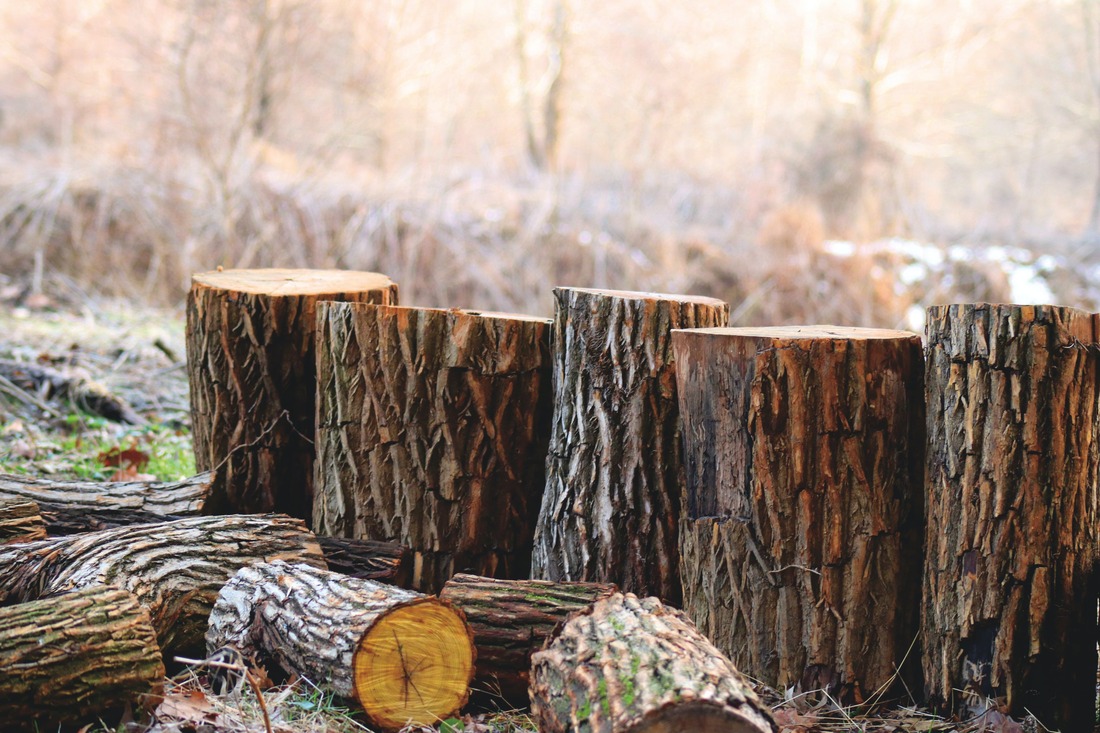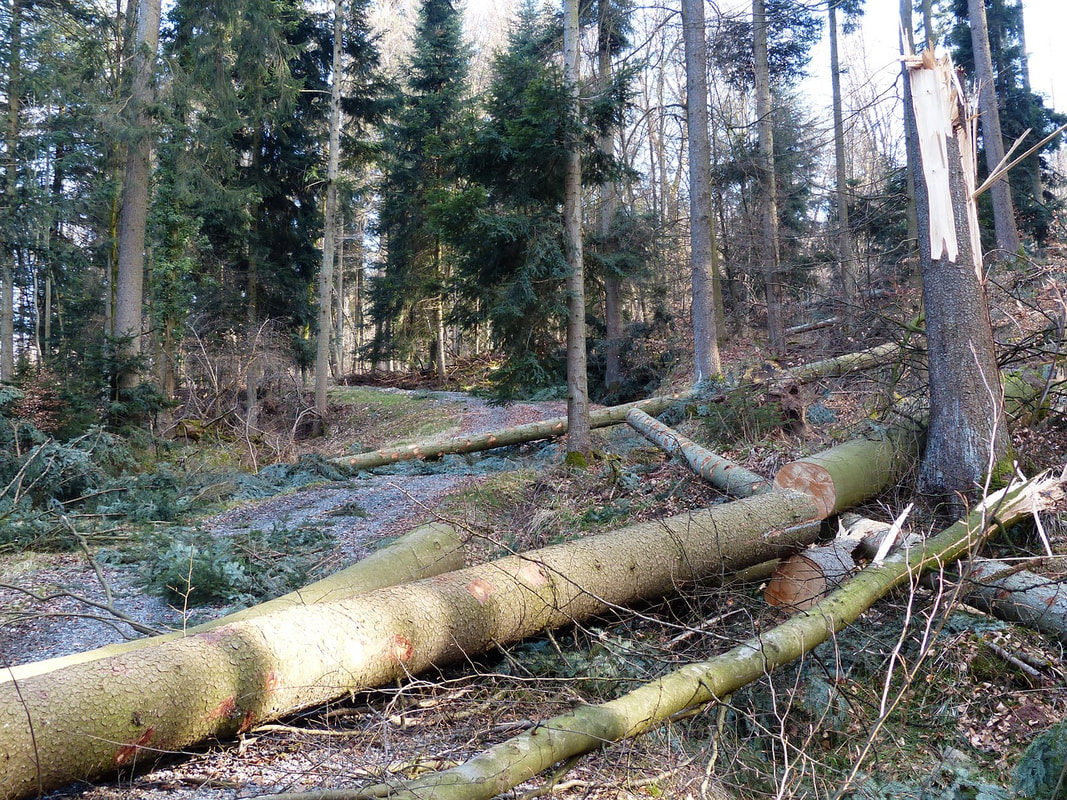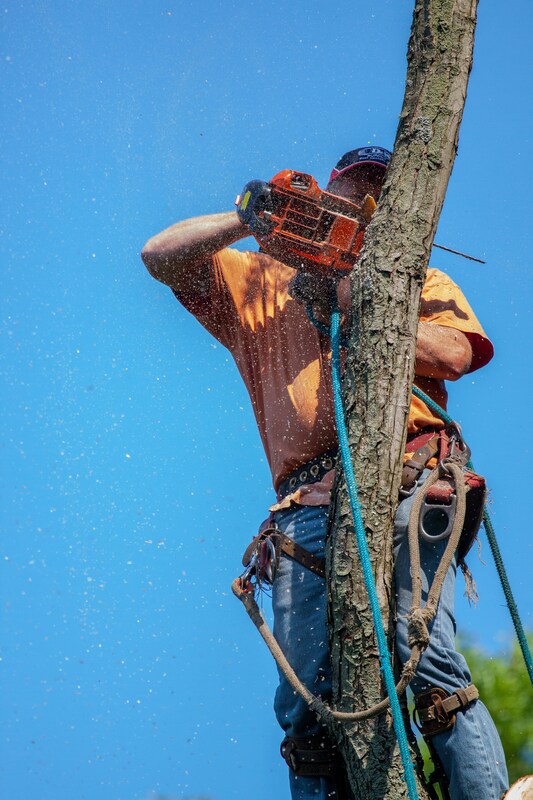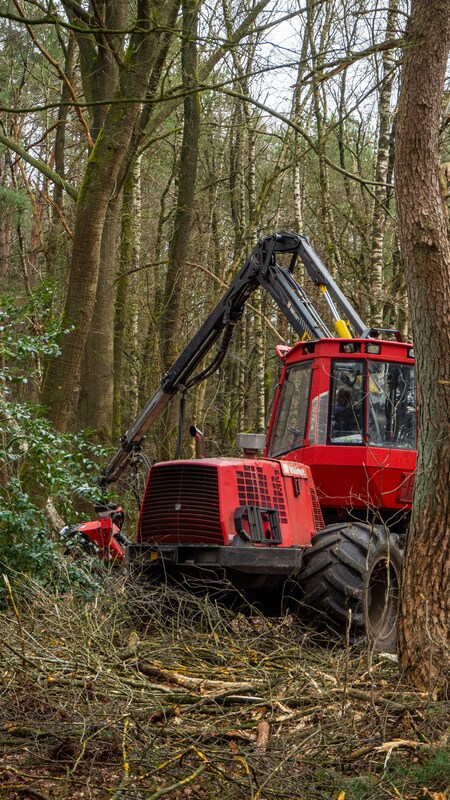Tree Removal Services in Goose Creek, SC |
|
Whether a storm knocked your trees down, or your tree has finally fallen to disease and rot, we'll help remove any trees from your property in a fast, safe way. We've been serving the Goose Creek, SC area for a long time, and have regularly helped clear away trees that have fallen or partially fallen, root and all.
If you tree removal services in Goose Creek, South Carolina, give us a call at 843-790-6805 today for a come out and give you a quote. Service HighlightsOur tree removal services are aimed at quickly and effectively removing trees from your property. Our process is as follows:
Tree Assessment
|
|
What is Tree Removal?Tree removal is the process of safely and systematically removing trees from residential, commercial, or public properties. This service is often necessary for a variety of reasons, including tree decay, disease, structural instability, storm damage, encroachment on structures or utility lines, or landscaping renovations. Professional tree removal involves careful planning and execution to ensure the safety of property, personnel, and the surrounding environment.
During tree removal, trained arborists or tree care professionals assess the condition and location of the tree to determine the best approach for removal. Depending on factors such as tree size, location, and potential hazards, tree removal may involve felling the tree in sections to prevent damage to nearby structures or vegetation. Specialized equipment such as chainsaws, ropes, rigging systems, and cranes may be used to safely dismantle the tree and remove it from the property. Tree removal services also include stump removal or grinding and debris cleanup to ensure the site is left clean and tidy after the tree is removed. Overall, using a tree removal service is crucial to addresses safety concerns, property maintenance, and landscaping needs on residential and commercial properties.
|
Why is Tree Removal Important?Tree removal is an essential aspect of property maintenance and safety, serving various purposes that contribute to the well-being of both the environment and individuals. One primary reason for tree removal is safety. Trees that are diseased, damaged, or structurally compromised pose significant risks, especially during storms or adverse weather conditions. Removing such trees prevents potential hazards such as falling limbs or complete tree failures, which could cause property damage, injury, or even loss of life. Additionally, tree removal is crucial for property development and landscaping projects. Removing trees that obstruct construction sites or interfere with planned developments allows for the implementation of new structures, roads, or landscaping features, enhancing the functionality and aesthetics of the property.
Furthermore, tree removal is vital for the health of surrounding vegetation and ecosystems. Diseased or invasive trees can negatively impact the health of nearby plants by spreading diseases or competing for essential resources such as sunlight, water, and nutrients. Removing these trees helps maintain the balance and biodiversity of ecosystems, promoting the growth and vitality of native vegetation. Additionally, tree removal allows for the implementation of proper tree management practices such as replanting with native species or establishing green spaces that support local wildlife populations. Overall, tree removal plays a crucial role in ensuring safety, supporting property development, and preserving the health and biodiversity of natural environments.
|
When should you cut down a living tree?Deciding to cut down a living tree is a significant decision that should be made thoughtfully and with careful consideration of various factors. One primary reason for cutting down a living tree is when it poses a safety hazard. Trees that are diseased, damaged, or structurally compromised may be at risk of falling, especially during storms or adverse weather conditions. Signs such as extensive decay, large dead limbs, or visible cracks indicate that the tree's structural integrity has been compromised, warranting removal to prevent potential hazards to people, property, or the surrounding environment. Additionally, trees growing in close proximity to buildings, power lines, or other structures may need to be cut down to prevent damage or interference with infrastructure.
Another circumstance that may warrant cutting down a living tree is when it is causing significant damage or disruption to the surrounding landscape. Invasive tree species or trees with aggressive root systems can damage underground utilities, pavement, or nearby structures, compromising their stability and functionality. Trees that obstruct views, impede traffic flow, or interfere with planned landscaping projects may also need to be removed to enhance property aesthetics and functionality. Additionally, trees that are overcrowded or competing for limited resources may benefit from selective removal to promote the health and growth of surrounding vegetation. Overall, cutting down a living tree should be considered as a last resort after careful assessment of safety risks, environmental impacts, and property management needs. |
How can I tell if my trees need to be cut down?Determining whether a tree needs to be cut down requires careful observation and evaluation of various factors related to the tree's health, structure, and surroundings. One indicator that a tree may need to be cut down is the presence of extensive decay or disease. Visible signs such as large areas of dead bark, fungal growth, or soft, spongy wood may indicate internal decay, compromising the tree's structural integrity and making it susceptible to failure. Additionally, trees with widespread pest infestations, such as emerald ash borer or oak wilt, may need to be removed to prevent the spread of pests to neighboring trees or landscapes.
Another consideration when determining if a tree needs to be cut down is its overall health and vigor. Trees that exhibit persistent signs of decline, such as sparse foliage, dieback of branches, or leaf discoloration, may be suffering from underlying health issues such as root rot, nutrient deficiencies, or water stress. In some cases, these health issues may be irreversible, and the tree may continue to decline despite attempts at treatment. Additionally, trees with structural defects such as large, dead limbs, multiple trunks, or leaning excessively may pose safety hazards and require removal to mitigate the risk of falling limbs or complete tree failure. Overall, careful assessment of a tree's health, structural condition, and surroundings is essential in determining whether it needs to be cut down to ensure the safety and well-being of property and individuals. |









